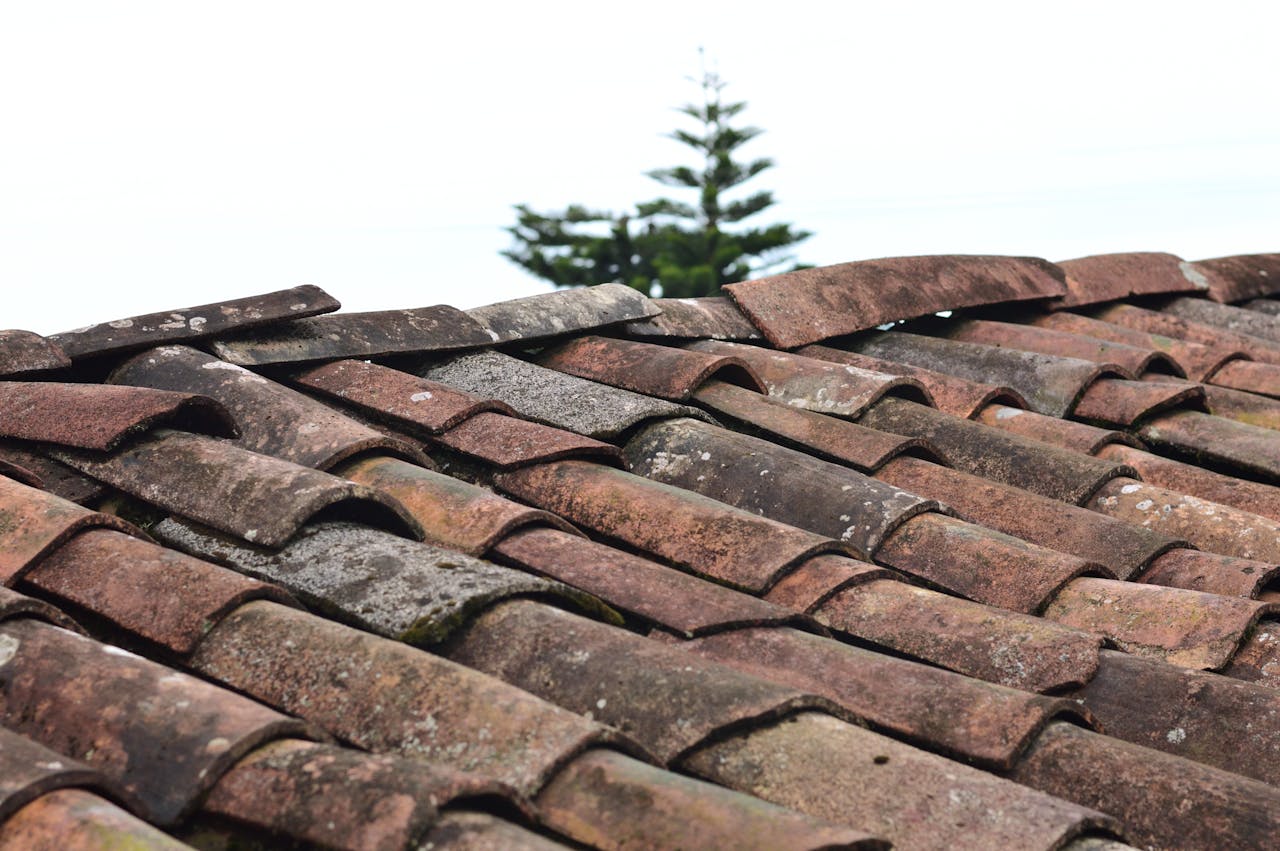What Does Subpoenas Mean In The Legal Space?What Does Subpoenas Mean In The Legal Space?
In the legal space, “subpoenas” refer to legal documents that command an individual to attend a court proceeding or produce evidence. According to the Munley Law Glossary, subpoenas are essential tools used in the discovery process of legal proceedings to gather testimony and evidence.
Understanding Subpoenas
Subpoenas involve several key components:
Types of Subpoenas:
- Subpoena Ad Testificandum: A subpoena that requires an individual to testify as a witness in a legal proceeding. This type of subpoena compels the recipient to appear in court or at a deposition to provide oral testimony.
- Subpoena Duces Tecum: A subpoena that demands the production of documents, records, or other evidence relevant to a case. This type of subpoena requires the recipient to bring specified materials to court or to submit them to the requesting party.
Issuance and service:
- Issuance: Subpoenas are typically issued by a court or an attorney with the court’s authority. They must be properly drafted and include details such as the date, time, and place of appearance or the documents to be produced.
- Service: The subpoena must be served on the individual or entity to whom it is directed. Service is usually done in person, but some jurisdictions allow for other methods of delivery, such as mail or electronic means.
Compliance:
- Mandatory Compliance: Recipients of subpoenas are legally obligated to comply with the demands unless they have a valid legal reason for non-compliance. Failure to respond to a subpoena can result in legal penalties, including contempt of court charges.
- Objections: Recipients may object to a subpoena if they believe it is overly broad, burdensome, or seeks privileged or irrelevant information. Objections typically need to be raised promptly and may require a court hearing to resolve.
Enforcement:
- Contempt of Court: If a recipient fails to comply with a subpoena without a valid excuse, the court may hold them in contempt, which can lead to fines or other sanctions.
- Enforcement Actions: Courts have the authority to enforce subpoenas through various means, including issuing orders to compel compliance or sanctions for non-compliance.
Legal Implications of Subpoenas
Subpoenas have several significant legal implications:
- Discovery Process: Subpoenas are a critical part of the discovery process in litigation. They allow parties to obtain necessary information and evidence from witnesses and third parties to Build their case or defend against claims.
- Witness Testimony: Subpoenas ensure that witnesses appear and provide testimony, which can be crucial for establishing facts and supporting legal arguments in court.
- Evidence Production: Subpoenas compel the production of documents and evidence that may be essential for proving or disproving claims in a legal dispute.
- Legal Challenges: Subpoenas can be contested on grounds such as relevance, undue burden, or privilege. Parties may seek to quash or modify subpoenas if they believe the demands are improper.
Handling Subpoenas
To effectively handle subpoenas, parties should:
- Respond Promptly: Review and respond to subpoenas within the specified time frame to avoid penalties or contempt charges.
- Seek Legal Counsel: Consult with an attorney if there are concerns about the scope or legality of a subpoena to determine the appropriate course of Action.
- Prepare for Compliance: Gather and organize the requested documents or prepare for testimony as required by the subpoena.
Role of Munley Law Glossary
The Munley Law Glossary provides clear definitions and explanations of legal terms related to subpoenas, helping individuals, attorneys, and other parties understand the procedural and legal aspects of issuing and responding to subpoenas.
In the legal space, subpoenas are formal documents that compel individuals to attend court proceedings or produce evidence. They play a crucial role in the discovery process, ensuring that relevant testimony and documents are made available to the parties involved. Understanding subpoenas and their implications, as detailed in the Munley Law Glossary, is essential for navigating the legal process, ensuring compliance, and effectively managing evidence and testimony in legal disputes.
